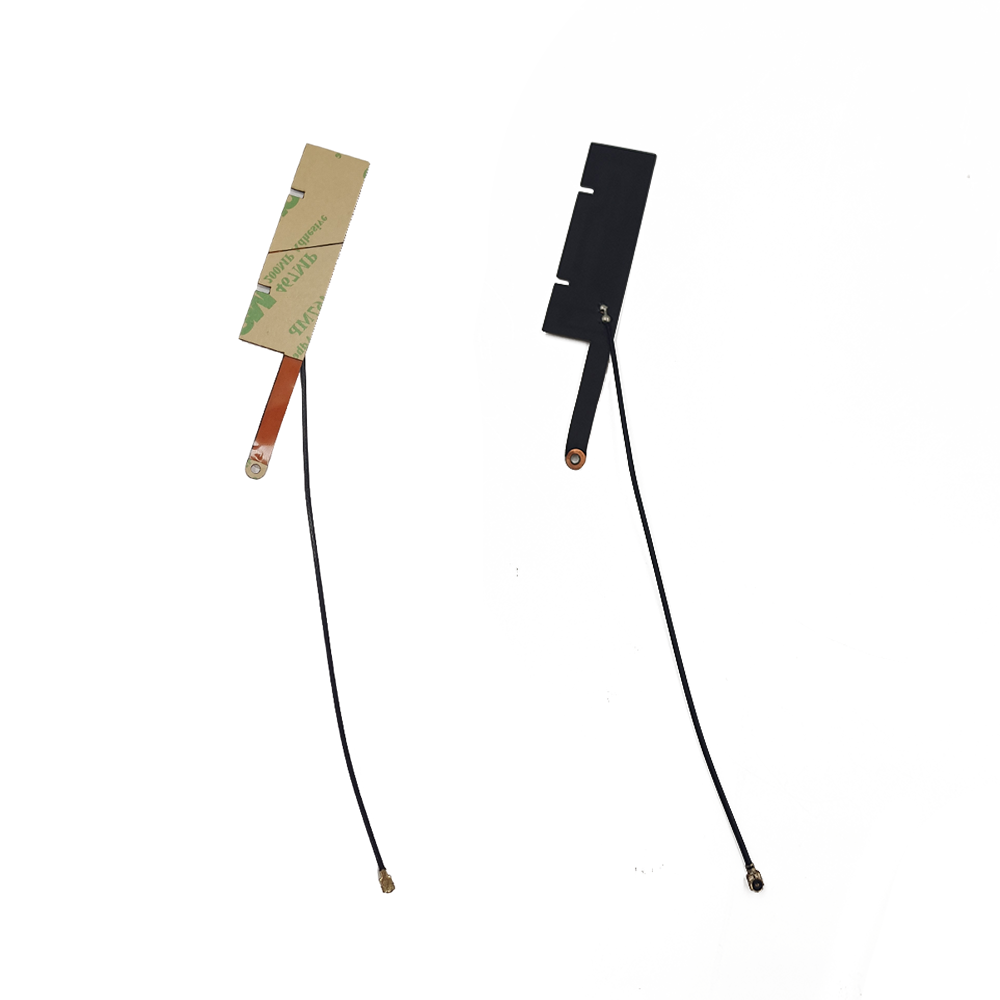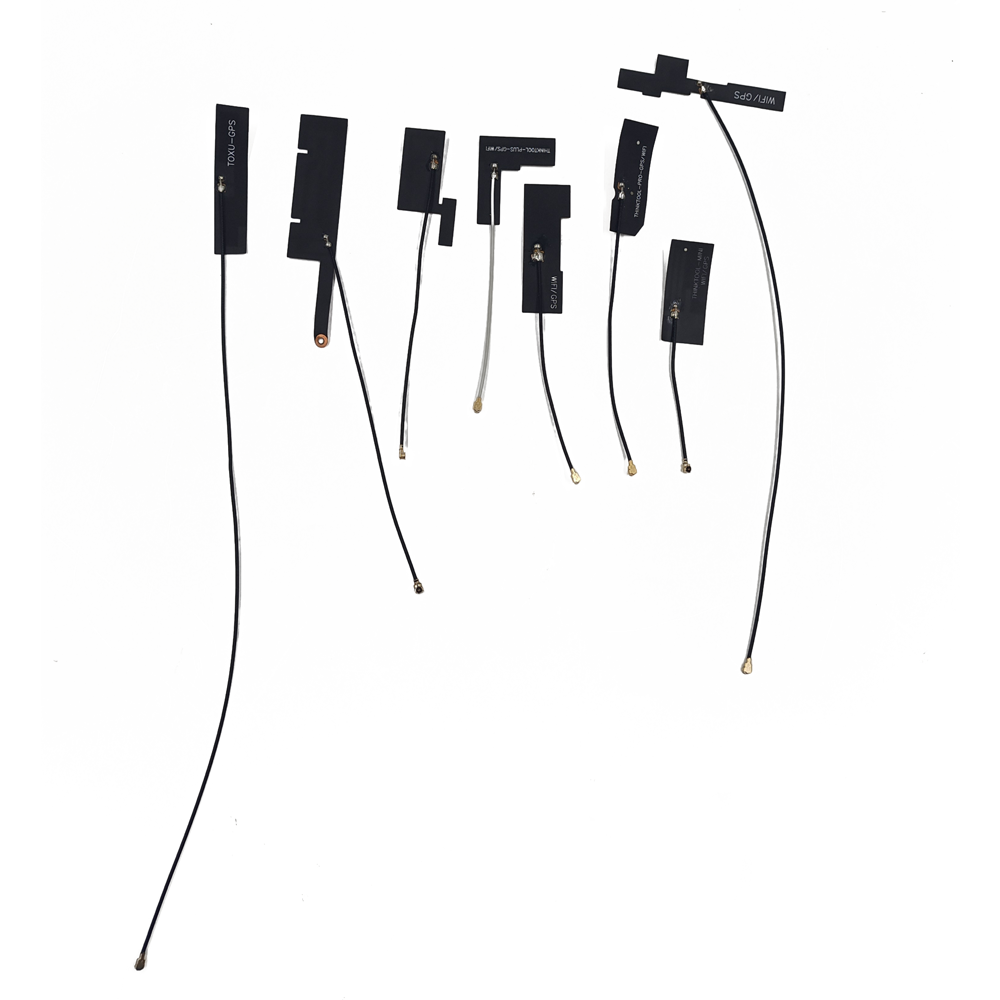Mini internal GNSS antennas have enabled a wide range of applications in the wearable market, from fitness tracking to emergency response, by providing compact, reliable location capabilities. As wearable technology evolves, so too do the use cases for these antennas—along with emerging trends that promise to enhance their performance, size, and versatility. This section explores current applications and future directions for mini internal GNSS antennas in wearables.
Current Applications
Fitness and Sports Wearablessports watches, such as those from Garmin or Suunto, often integrate multi-constellation support (GPS, Galileo, GLONASS) via advanced mini internal antennas, enabling more accurate tracking in remote areas (e.g., mountain trails) where satellite visibility may be limited. For swimmers, waterproofed internal antennas (rated to 50m or deeper) ensure uninterrupted location tracking even underwater, though signal strength may be reduced due to water absorption—engineers address this by optimizing antenna tuning for underwater RF propagation.
Medical and Health Wearables
In the medical sector, mini internal GNSS antennas play a critical role in remote patient monitoring and emergency care. Wearables like medical alert bands for the elderly or patients with chronic conditions (e.g., dementia) use GNSS to share real-time location data with caregivers or emergency services. For example, if a patient wanders away, the wearable’s internal antenna receives satellite signals to pinpoint their location, which is then transmitted via cellular or Bluetooth to a monitoring app. These antennas must meet strict reliability standards, as lives may depend on their performance—they are often tested under extreme conditions (e.g., low light, dense urban areas) to ensure consistent signal reception.
Another medical application is in rehabilitation wearables, which track patients’ movement (e.g., post-stroke gait training) outdoors. The GNSS antenna provides precise location data to therapists, who use it to analyze progress and adjust treatment plans. The antenna’s small size is essential here, as rehabilitation wearables are often designed to be unobtrusive and lightweight to avoid hindering movement.
Industrial and Occupational Wearables
Industrial wearables—used in sectors like construction, mining, and logistics—rely on mini internal GNSS antennas to track worker location, enhance safety, and optimize operations. For example, construction workers wearing smart hard hats with internal GNSS antennas can be monitored in real time, ensuring they stay within designated work zones and avoiding restricted areas (e.g., near heavy machinery). In mining, where underground operations limit satellite visibility, some wearables use a combination of GNSS (for surface tracking) and inertial navigation systems (INS)—the internal antenna provides accurate location data when the worker is above ground, while INS takes over underground.
Logistics wearables, such as smart vests for delivery drivers, use GNSS antennas to track route efficiency and ensure timely deliveries. The antenna’s internal placement protects it from damage during loading/unloading, while its low power consumption ensures the wearable lasts an entire workday on a single charge.
Outdoor and Adventure Wearables
For outdoor enthusiasts, wearables like hiking watches, ski goggles, and backpack trackers use mini internal GNSS antennas to provide navigation, wayfinding, and emergency location services. Hiking watches with internal antennas can display topographic maps, mark waypoints, and calculate distance to the next destination—critical for users in areas without cellular coverage. Ski goggles with embedded antennas (often in the frame) track speed, vertical drop, and ski resort boundaries, enhancing the user’s experience while ensuring safety. Backpack trackers, designed for solo travelers, use GNSS to share location with friends or family and send distress signals with coordinates in case of emergency.
Future Trends
Multi-Constellation and Multi-Band Support
A key trend in mini internal GNSS antennas is the shift toward supporting multiple satellite constellations (GPS, Galileo, BeiDou, GLONASS) and frequency bands (L1, L5, L2) in a single compact design. L5 bands (e.g., 1176.45 MHz for Galileo) offer better accuracy and resistance to interference than L1, making them ideal for precision applications like autonomous navigation or high-performance sports tracking. Manufacturers are developing mini antennas using advanced tuning techniques (e.g., metamaterials or fractal designs) to support multiple bands without increasing size. For example, fractal antennas—with repeating, self-similar patterns—can resonate at multiple frequencies while maintaining a small footprint, making them suitable for ultra-miniature wearables like earbuds or smart rings.
AI-Driven Antenna Optimization
Artificial intelligence (AI) and machine learning (ML) are being integrated into the design and operation of mini internal GNSS antennas. During the design phase, AI tools can simulate thousands of antenna configurations (e.g., shape, material, placement) to identify the optimal design for a specific wearable—reducing development time from months to weeks. In operation, ML algorithms can dynamically adjust the antenna’s parameters (e.g., impedance, radiation pattern) to adapt to changing environments (e.g., moving from an open field to an urban canyon). For example, if the antenna detects weak satellite signals, the ML algorithm can reorient the radiation pattern upward or switch to a different frequency band to improve reception.
Flexible and Stretchable Antennas
As wearables become more flexible (e.g., smart skin patches, stretchable fitness bands), the demand for flexible and stretchable mini internal GNSS antennas is growing. These antennas are made using elastic substrates (e.g., silicone, thermoplastic polyurethane) and conductive materials (e.g., stretchable copper nanowires or graphene ink) that can bend or stretch without degrading performance. For example, a smart skin patch for athletes might use a stretchable GNSS antenna to track location during intense physical activity, where rigid antennas would crack or fail. Researchers are also exploring biodegradable flexible antennas—made from materials like cellulose and silk—for medical wearables that dissolve after use (e.g., post-surgery monitoring patches), reducing electronic waste.
Low-Power and Energy-Harvesting Integration
To extend wearable battery life, future mini internal GNSS antennas will focus on low-power operation and integration with energy-harvesting technologies. Antennas with low noise amplifiers (LNAs) optimized for GNSS frequencies can reduce power consumption by up to 30% compared to traditional LNAs. Additionally, energy-harvesting modules—such as solar cells or kinetic harvesters—can be integrated with the antenna to power the wearable, eliminating the need for frequent charging. For example, a hiking watch with a solar-powered GNSS antenna could recharge during the day, ensuring it lasts for multiple days in the wilderness.
Indoor GNSS Enhancement
One of the biggest limitations of current GNSS antennas is poor performance indoors, where satellite signals are blocked by walls, ceilings, and furniture. Future mini internal antennas will address this by integrating with complementary technologies like ultra-wideband (UWB), Wi-Fi positioning, or Bluetooth Low Energy (BLE) beacons. These hybrid systems use GNSS for outdoor tracking and UWB/Wi-Fi/BLE for indoor positioning, providing seamless location coverage. For example, a smartwatch with a hybrid GNSS-UWB antenna could track the user’s location from their home (indoor, via UWB) to their workplace (outdoor, via GNSS) without interruption. Manufacturers are also exploring reconfigurable antennas—antennas that change their radiation pattern or frequency in response to the environment—to improve indoor signal reception.
Conclusion
Mini internal GNSS antennas have emerged as a transformative technology in the wearable industry, enabling precise location tracking, navigation, and emergency services in devices with strict size, power, and comfort constraints. From fitness trackers to medical alert bands, these antennas have become indispensable components, addressing unique wearable challenges—such as human body signal attenuation, limited space, and low power budgets—through innovative design, materials, and manufacturing techniques.
This analysis has highlighted the critical role of mini internal GNSS antennas in wearables: their overview revealed their core purpose of receiving multi-constellation satellite signals in a compact form; their design and construction emphasized the balance of form factor, materials, and precision manufacturing; their working principles explained how they convert electromagnetic signals into actionable PVT data; their advantages and challenges underscored the trade-offs between integration, performance, and environmental resilience; and their applications and future trends demonstrated their versatility across industries and the potential for further innovation.
Key takeaways from this comprehensive review include the importance of multi-constellation support for accuracy, the need for flexible designs to match evolving wearable form factors, and the role of AI and energy harvesting in enhancing performance and battery life. While challenges like body-induced signal loss and size-performance trade-offs remain, ongoing advancements—such as fractal antennas, AI optimization, and hybrid positioning systems—are poised to overcome these limitations.
Looking ahead, the future of mini internal GNSS antennas in wearables is bright. As the wearable market continues to grow—driven by demand for personalized health monitoring, outdoor adventure tools, and industrial safety devices—antennas will become even more compact, efficient, and versatile. They will not only enable new use cases (e.g., smart rings with GNSS tracking or biodegradable medical patches) but also redefine how we interact with location-based services in our daily lives.
In conclusion, mini internal GNSS antennas are more than just components—they are enablers of innovation, empowering wearables to deliver reliable, accurate, and user-centric location services. As technology advances, these antennas will remain at the forefront of wearable design, shaping the next generation of devices that seamlessly integrate into our lives while keeping us connected, safe, and informed.




































































 Language
Language
 En
En Cn
Cn Korean
Korean

 Home >
Home > 







 18665803017 (Macro)
18665803017 (Macro)













